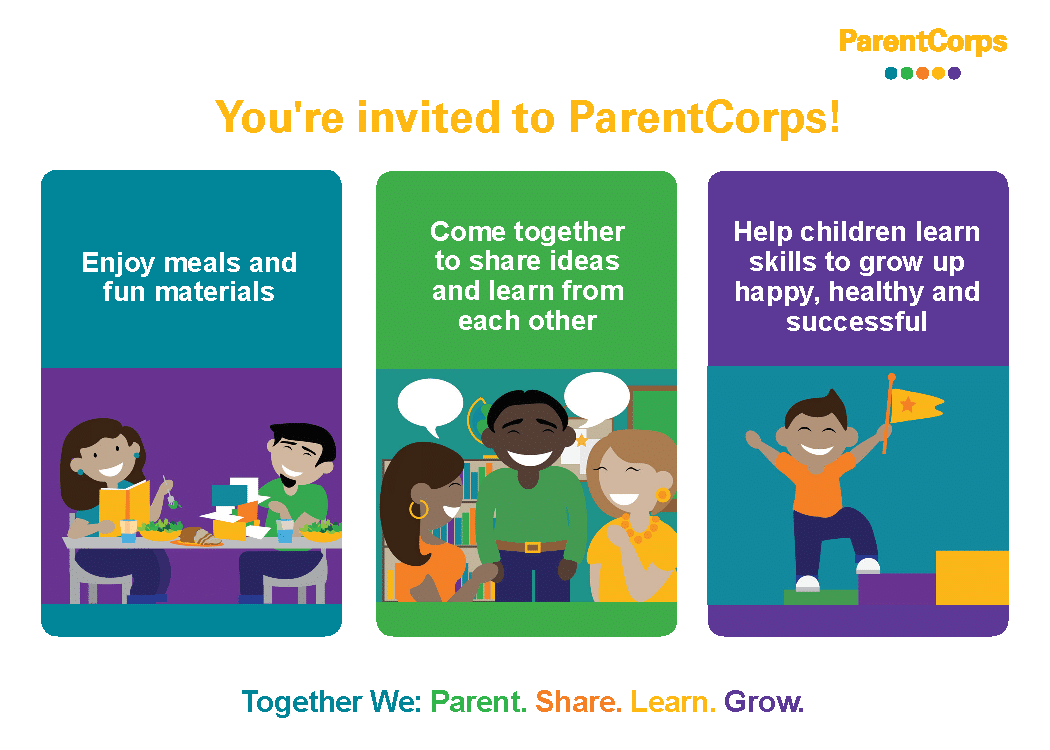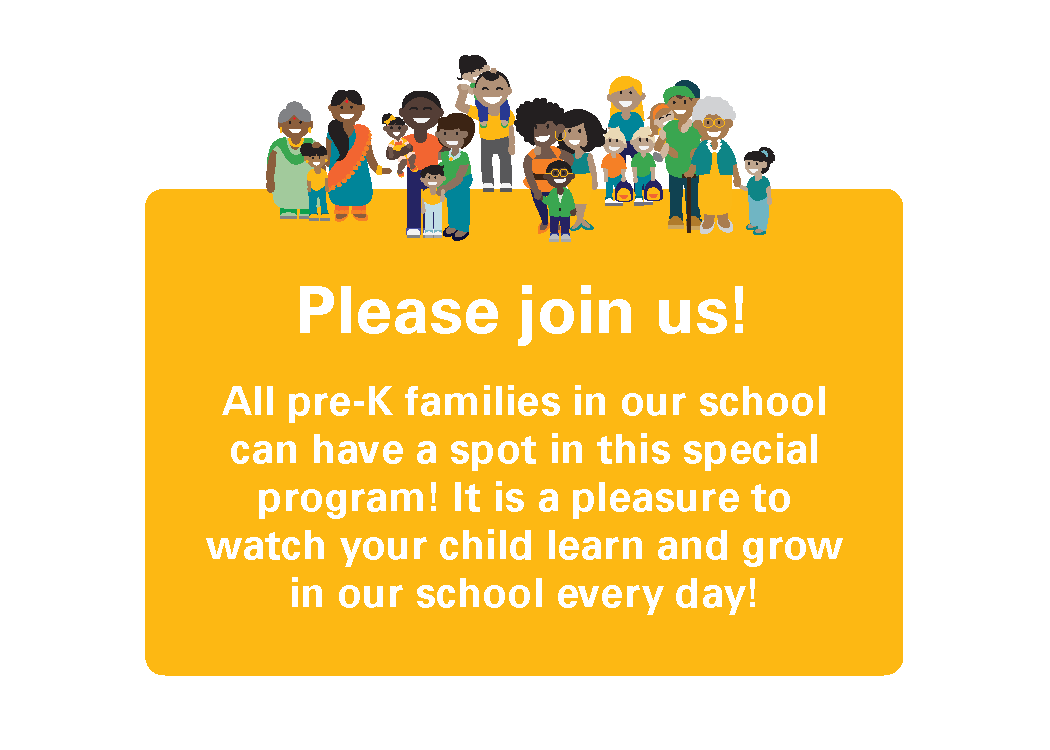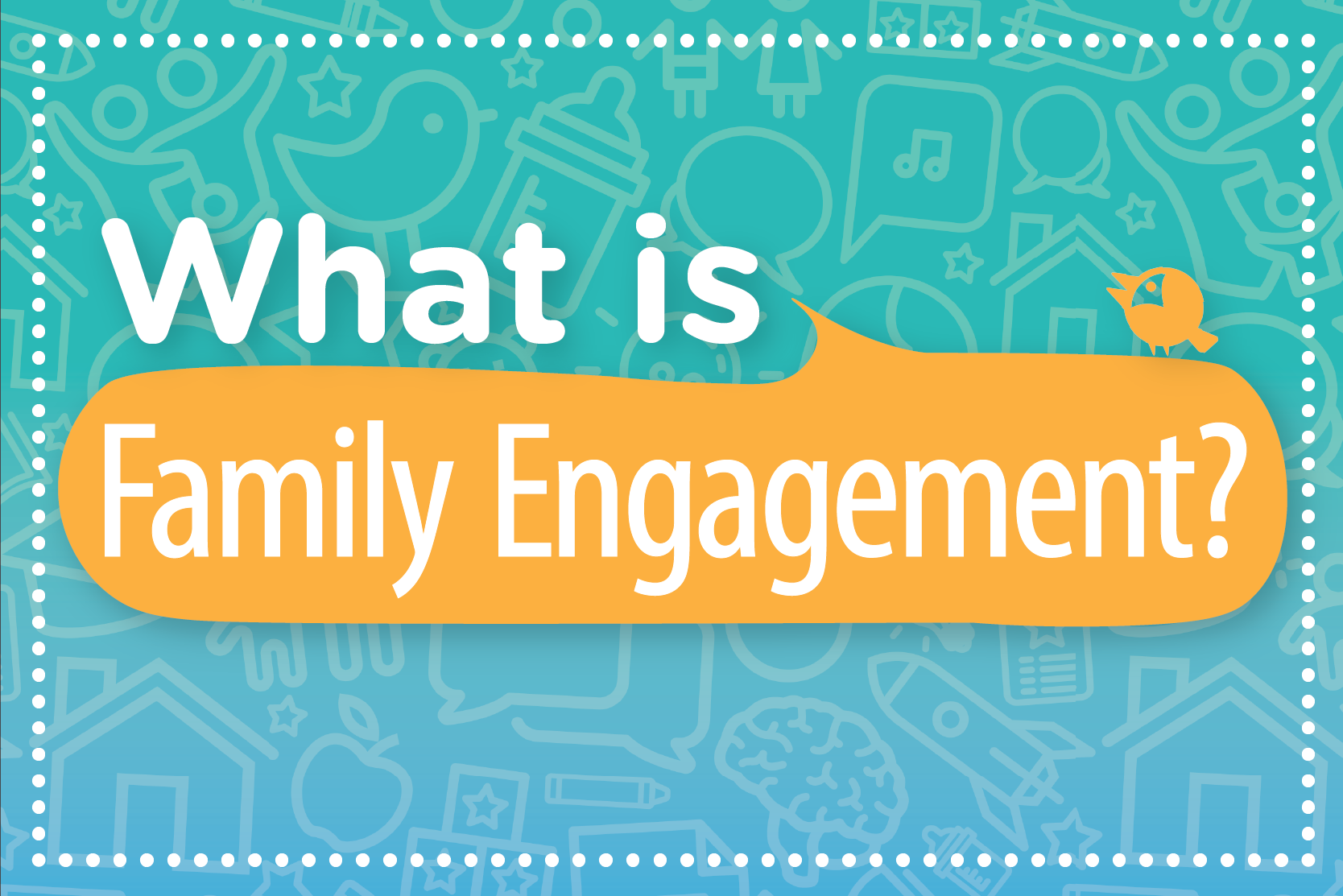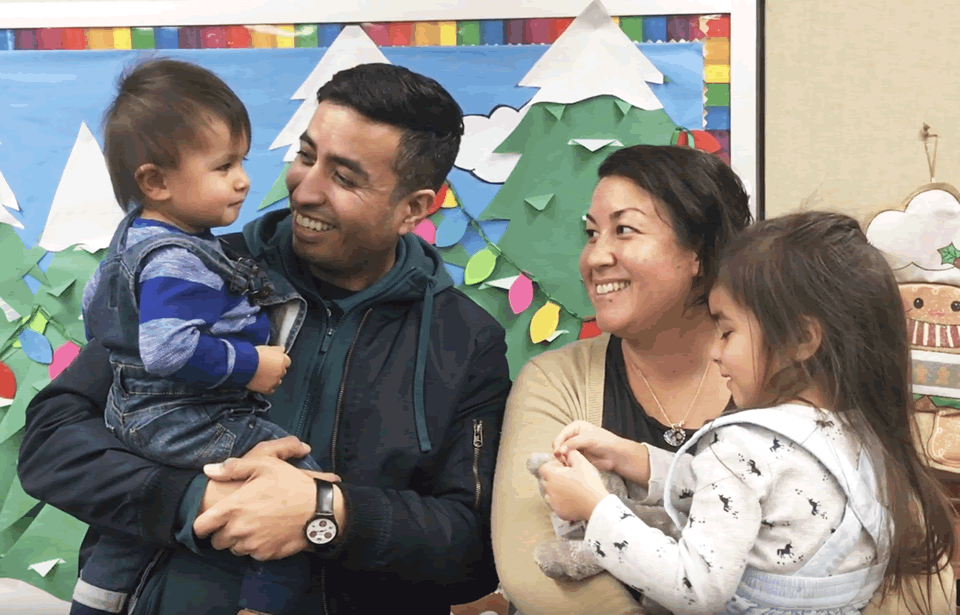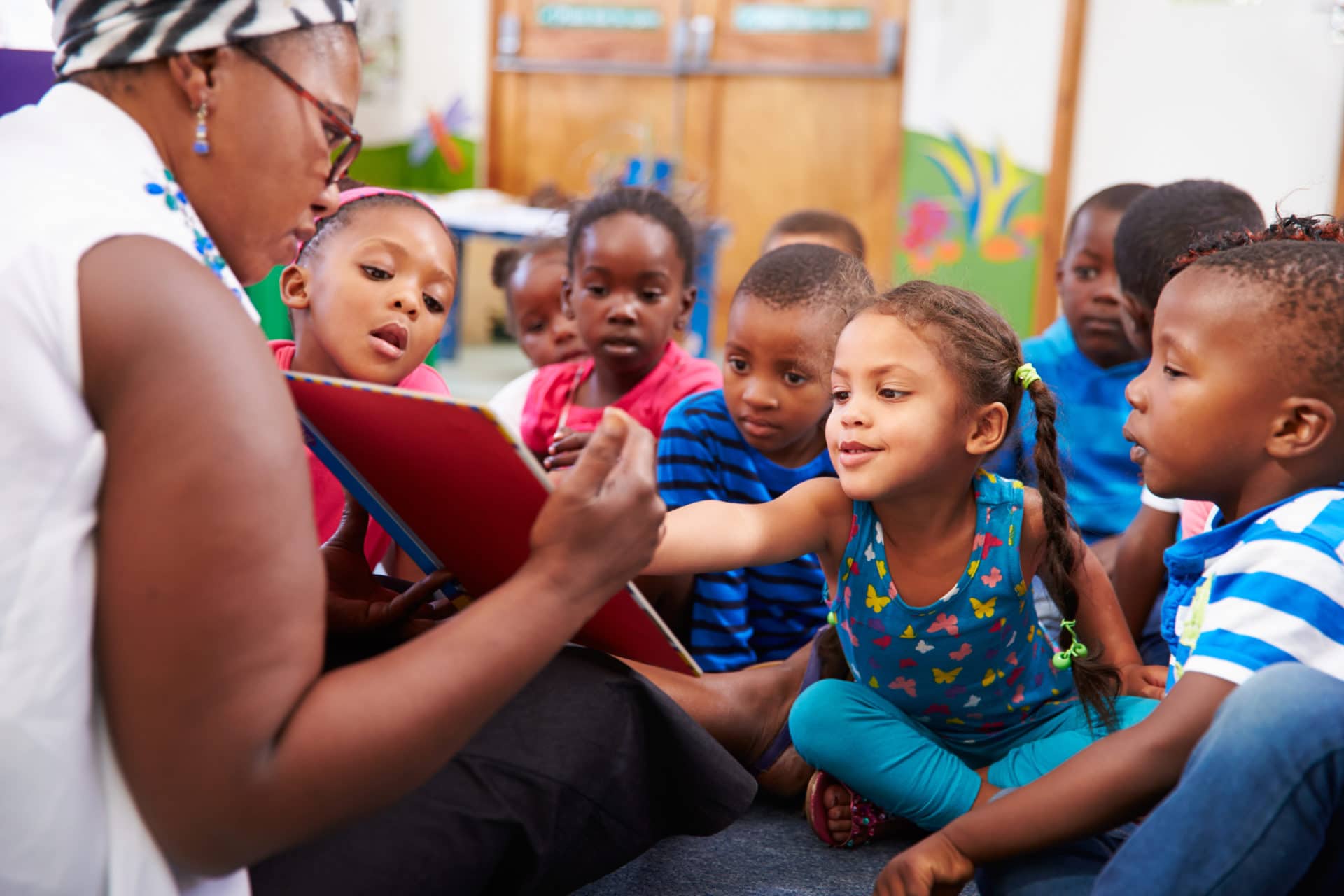
She has particular interest and expertise with Black, Brown and immigrant urban populations who are more at risk because of systemic racism, SES, isolation, and lack of opportunity. She has supported research to improve techniques for family centered engagement and helped develop and facilitate trainings in NYC and Detroit.
Q: Please share a bit about your family engagement experience.
I have been engaging parents and families for the entirety of my career — over twenty years. In fact, my very first full-time job was working in a long-term homeless shelter for families in New York City run by the American Red Cross. It was my responsibility to connect with the residents and get them to attend the many programs that outside vendors brought into the shelter, such as wellness classes, social activities, and holiday events.
I learned very quickly that creating a flier and pushing it under people’s doors was not enough to get them to attend. Even if the activity was something that I knew the residents would enjoy, I had to engage with them — which meant talk and listen. Get to know them as individuals. See what they said they wanted and needed, and ultimately gain their trust. I applied these relationship building skills in every role I’ve held since as case manager, a special education teacher, school dean, and ultimately in my work with ParentCorps. It was during my training with ParentCorps that I encountered an approach to connecting with and engaging families that rang true to my experience as a practitioner.
Q: Why is family engagement important?
Family engagement is relationship building. Everything we do as people happens in the context of relationships. And when I think about organizations and systems, especially schools engaging with families, every interaction is either building or corroding that relationship.
Small interactions — like walking into a school and having the security guard greet you with a smile — are either building or breaking that potential connection. I talk to school leaders a lot about how to build community inside schools, so that families want to be in the school. Parents are extremely busy, they are experiencing a multitude of stressors, and they have choices. They have the autonomy and the agency to choose whether or not to come to any given event. They’ll decide to come to the event or program because they feel good when they are there, what is being offered is meaningful to them, they are connected to the staff involved, and because they feel positively regarded when they are in that space.
Parent outreach isn’t for its own sake — you don’t just reach out because you have a program at the school and you want parents to come. The overarching idea is to engage with families initially in a way that makes them feel welcome when they come inside the building, whenever they enter. If parents don’t feel connected, they usually just don’t come.
Q. In your experience, what strategies have you seen work well for parent recruitment?
The top strategy we recommend and support in implementing ParentCorps is one-to-one communication with families. It could be a live conversation during drop-off or pick-up, or a phone call from a real person. So, for example, a teacher could personally invite a family to an event and explain why it’s important during a 30-second conversation. This also shows that the teacher cares, and part of the reason people come is because of the relationship they have with the person who’s inviting them.
At ParentCorps, we focus so much on relationship building because we are asking parents and teachers to be open and honest as a way to truly connect, and we’re working in contexts where parents have very good reason to be cautious or skeptical. Our vision is to reduce racial and income disparities by supporting and empowering parents and early childhood teachers to create safe, nurturing, and predictable environments for all children. We deliver ParentCorps as an enhancement to Pre-K in historically disinvested neighborhoods, bolstering adult capacity to support children’s development in the face of racism, poverty, discrimination and immigration-related stress.
Another strategy is to create outreach materials that are inviting and in the language that’s appropriate for that community. All the materials should be accessible so that people can read them and take in the information, whether it’s banners, posters, or fliers.
We’re testing novel, low-cost outreach materials drawing on insights from behavioral economics. So for example, an insert to our standard brochure affirms families and recognizes their strengths rather than their deficits: “You’re a good parent, you’re valuable, and here’s why.” A postcard offers parents a moment of self-affirmation by reflecting on “a time when you felt successful or proud” and the “active choice” invitation to the program is explicit about the benefits of the program but does not make them feel guilty for not coming.
Q: Are there other tools you use to reach out to families and invite them to participate in the school community?
In every school or Pre-K program with ParentCorps, we start by encouraging the program to center their focus on families, asking the families via a survey what would make it possible for them to attend. We want schools to ask about the times that work best for their families, the language that works best, and what foods are important. Once we understand how the program meets the stakeholders’ needs, we use that information to support recruitment.
We also suggest having an outreach event. You want to engage families deeply — even in an information session – by asking what they are good at and what’s most important to them as parents. That creates an atmosphere of caring, where the staff is centered on the strengths of the people in the space. Families are proud to share what they do well and what their parenting values are. That will make them feel like the program sees them and understands them, and that will make them want to come.
Sometimes I’ll have families write down on a paper heart one thing they love about their family. Then we’ll use those to decorate the space, to physically bring in positive statements parents have said about their families. It seems small, but it makes a big impact.
Ready to jumpstart your program’s recruitment efforts?
Q: What strategies have worked well for family retention, to keep caregivers coming back?
You want to set up an atmosphere that is safe, predictable, and nurturing for families. You can do that by setting up a space that feels welcoming. We always offer food in our program. In particular, for evening programs, we’ll offer a full meal. I know every program doesn’t offer that, and it does have a cost associated with it, but there is something connecting about sharing a meal together and it also relieves some of the stress from families, so that they don’t have to worry about having someone come home and cook. We always try to have culturally relevant food that’s also healthy. You need to know your school community well and know what they enjoy eating.
We also do a raffle each week, so parents get an opportunity to enter to receive a gift. It’s a fun way to draw people in, and it helps to reinforce the effort it takes to come back. We all like things like that, and they help to drive retention, encouraging parents to show up more than one time.
It’s also important to acknowledge autonomy — that parents have a choice to come. We always acknowledge that schedules are tight, but encourage parents to come as many times as they can come. Families should always be welcomed to sessions no matter what. Never make a family feel bad for being late or missing a session. At ParentCorps, our evidence shows that there’s an impact even if families only come to a few sessions and there’s more impact the more sessions they attend. So when they come, we’re happy to have them, and we focus on affirming their strengths — that they made it. Instead of, “You’re late!” it’s, “We’re glad you’re here, come on in and take a seat.” If you guilt parents for being late, they’ll never come back.
Q: What strategies have you seen work well to recruit and retain diverse families?
This is an interesting question. On a very basic level people want to feel “seen” and be represented in the materials. So diverse pictures that match the audience are important. Another strategy is connecting and building a relationship with a trusted community member who can endorse the program, but I tend to shy away from hard and fast tricks to engage a particular population. Genuine relationships can be formed across race and culture! A powerful tool to recruit and retain diverse families is self-reflection, learning, and personal growth. Don’t make negative assumptions. Don’t lean on stereotypes or exploit perceived deficits. Instead, get to know the community you wish to engage, what they value, and what their strengths are. If you have a firm grasp on those and you believe the best of those you choose to reach then it will naturally show up in the materials you design, the strategies you use, and the words you speak.
"A powerful tool to recruit and retain diverse families is self-reflection, learning, and personal growth. Don’t make negative assumptions. Don’t lean on stereotypes or exploit perceived deficits. Instead, get to know the community you wish to engage, what they value, and what their strengths are. If you have a firm grasp on those and you believe the best of those you choose to reach then it will naturally show up in the materials you design, the strategies you use, and the words you speak."
-Kai-ama Hamer
Q: Are there times your Parent Outreach efforts haven’t gone so well or things you’d do differently now?
Absolutely! Family outreach can be difficult and challenging. There are times when people don’t come, or only one or two families show. We take that as a moment of learning, to stop and ask: What did we do wrong? What can we do better? Did we actually do what we said we were going to do in our plans? We double back on our core strategies, checking if we picked the right time and the right language that works for families If there is opportunity, we ask the families why they didn’t come.

Use a variety of ways to get the word out about your offering. Different people respond to different forms of connection and communication. Listening to the families, one-on-one communication, engaging information sessions, beautiful marketing materials like banners, posters and fliers all come together to create a nexus that says we see you, we hear you, we have something to offer and so do you — come check us out!
Invite members of the community into the process. Trust is a big thing, and it’s underrated. When a program comes into a new community — even if there’s evidence to back it up — families will still be skeptical of it. It matters who’s pitching it and what the relationship is between the person who’s pitching it and the community. If you gain the respect of a trusted community member, they can support the program, endorse it, and help you build it. For ParentCorps that is most often a graduate of our Parenting Program. The first year we are in a school is always the hardest but once we have parents who have participated they are the best marketers. Our research shows that by relying on parents who participated, attendance increases each year — more families participate and attend more sessions.
Do everything with love, care, and honesty. Programs often come in with the lens of expert. Instead, ask: How do we honor parents’ expertise with their own children and their autonomy to choose what’s best for their families? The program shouldn’t be an additional stressor. If it doesn’t feel good, people won’t stay. Work hard to hear and see the people you want to serve to get robust participation over time. Families don’t expect perfection, but aim for genuine.
Finally, don’t give up. If you have a meaningful program, and you think it’s going to benefit the community, keep up the effort. Keep troubleshooting until you find what will get people through the door.
About ParentCorps
ParentCorps is a family-centered intervention that aims to help parents and early childhood teachers create environments in which children thrive. ParentCorps developers coupled clinical experience with knowledge from prevention science, developmental science, and adult behavior change literature to create a scalable, family-centered intervention that could reach large numbers of children and families through public schools with pre-K programs, with the potential for improving outcomes and transforming the lives of children and their families. ParentCorps includes professional development for pre-k and kindergarten teachers on family engagement, social-emotional learning, and behavioral regulation, and a program for families and pre-k students provided over four months by specially trained pre-k teachers and mental health professionals.




